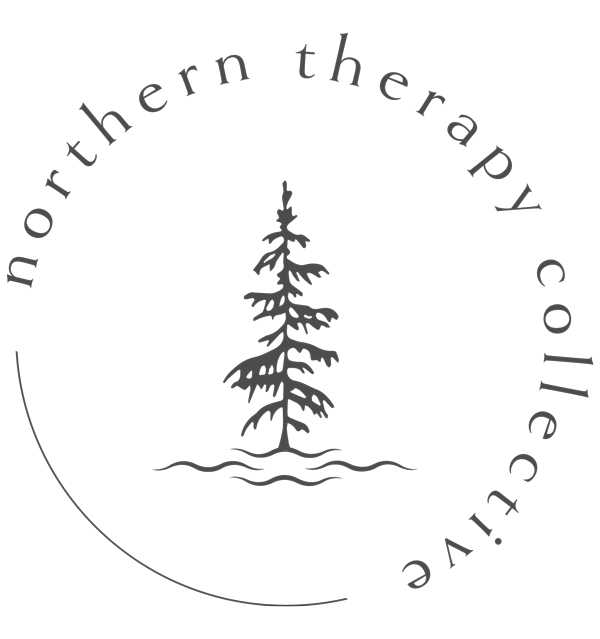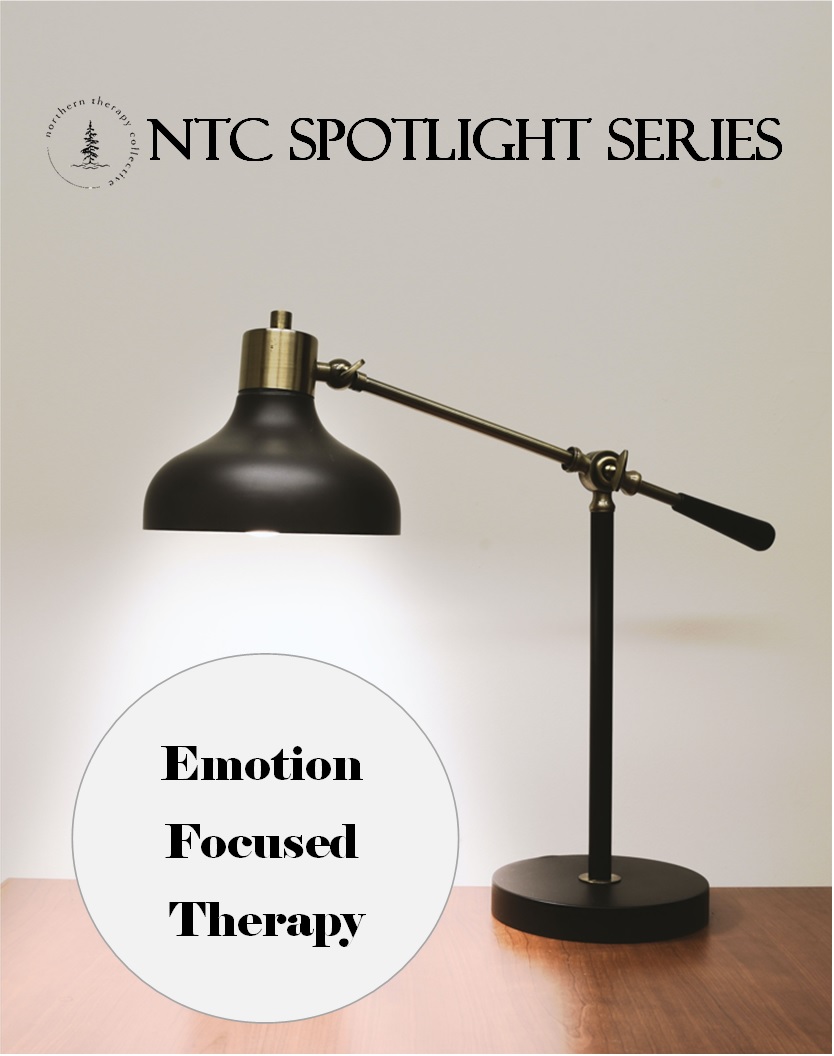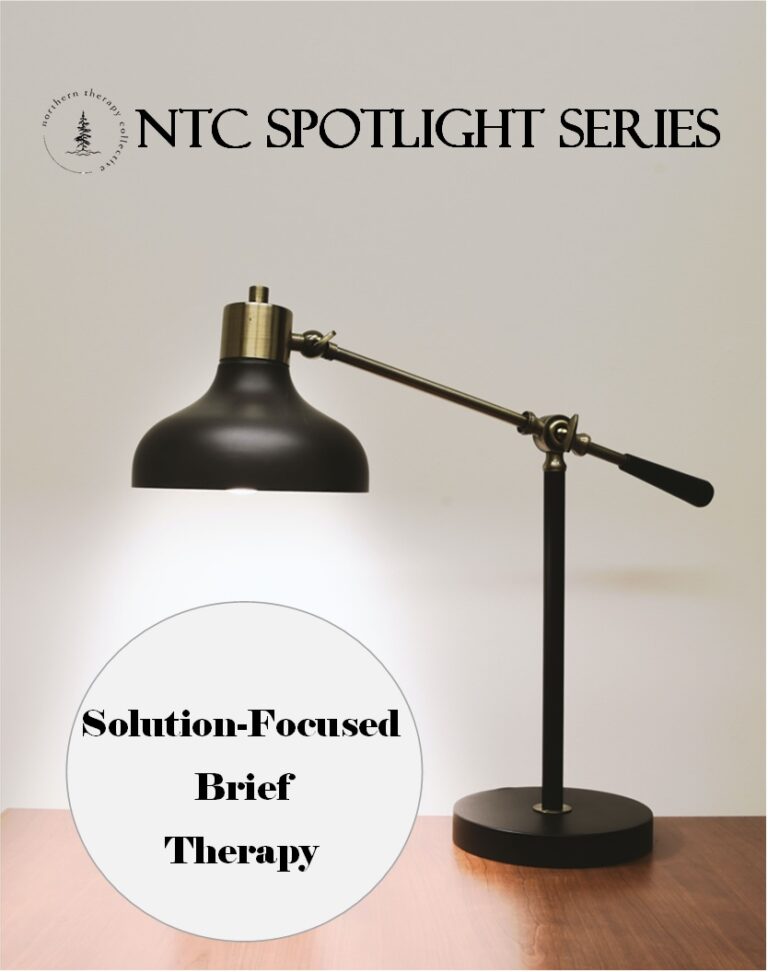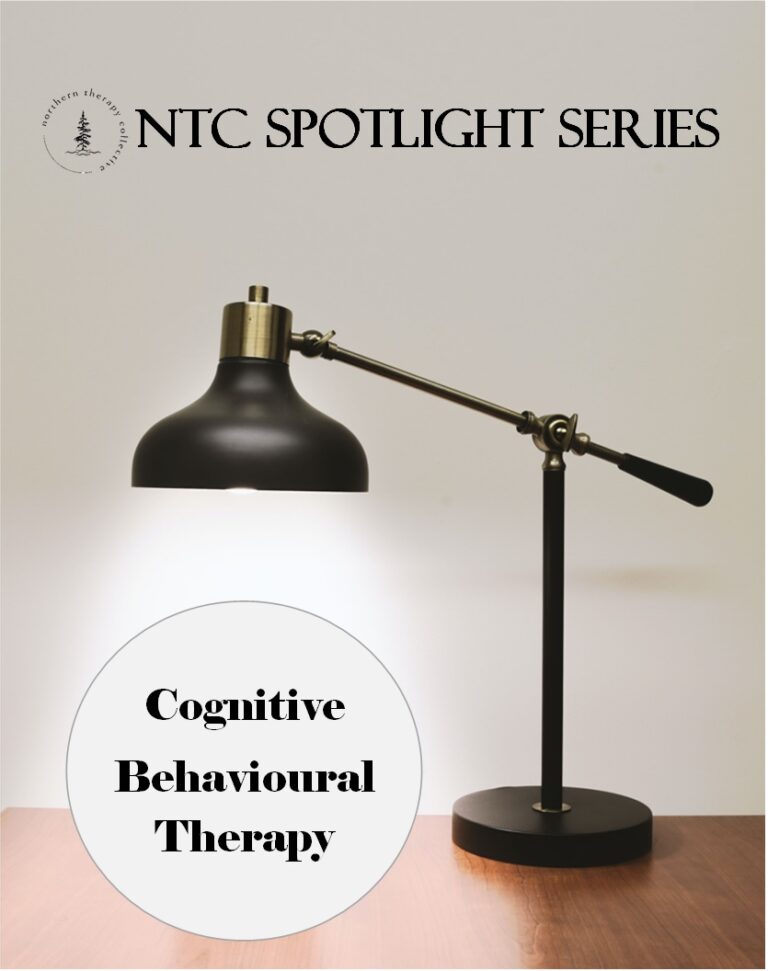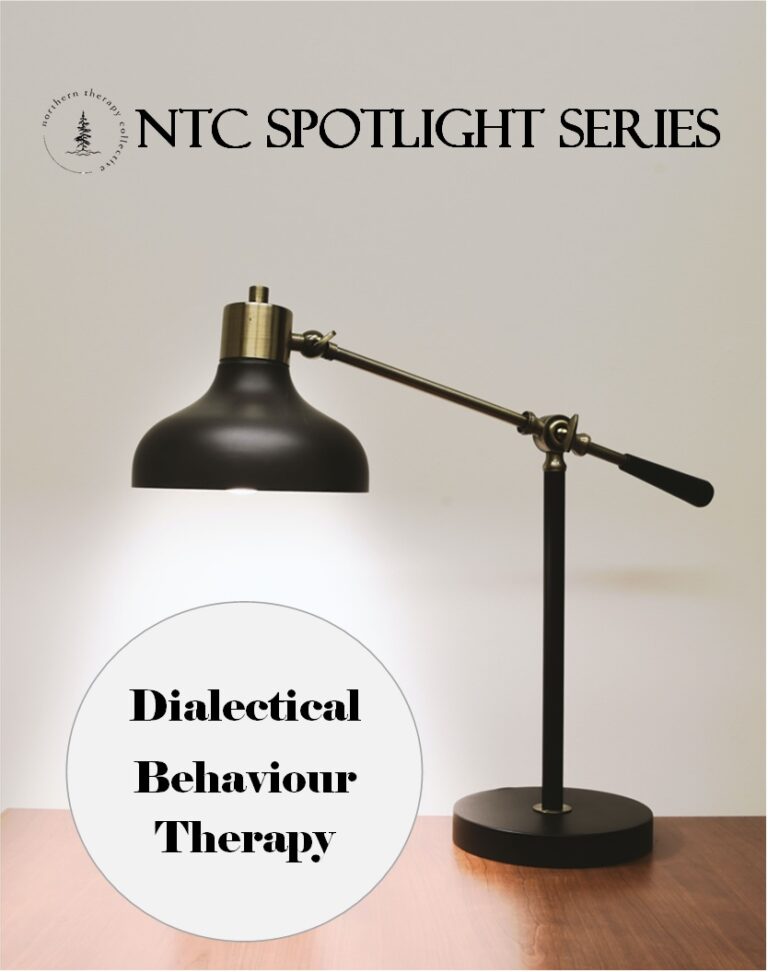SPOTLIGHT ON: Emotion-Focused Therapy (EFT)
As one might expect, Emotion-Focused Therapy (EFT) focuses primarily on client emotions: what they are, how they’re perceived, how they’re experienced and how they are dealt with. From the EFT school of thought, emotions are a key aspect of one’s identity and conscious experience, and can therefore be used to guide folks towards healthy and meaningful lives. The bulk of EFT therapy is aimed at acknowledging and processing difficult emotions instead of ignoring or repressing them (which may eventually cause harm). This typically involves two “phases” of treatment: “arriving” and “departing” (or “transforming”) as depicted in the graphic below.
MAJOR PLAYERS:
- Dr. Leslie Greenberg – considered the “founding father” of EFT, based on his work from the 1980’s
FOOD FOR THOUGHT:
- “I don’t want to be at the mercy of my emotions. I want to use them, to enjoy them, and to dominate them.”
- Oscar Wilde
- “Negative emotions can be energizing. We might not like them. We might complain about them. But we’d rather feel something than nothing, and negative emotions at least help up feel something.”
- Susan H. Lawrence
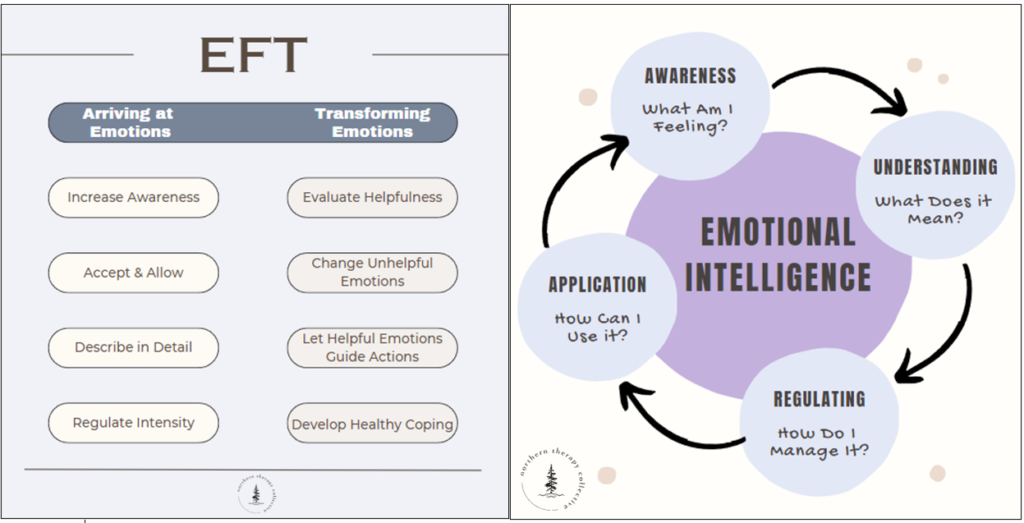
DEFINING FEATURES:
- Evidence-based (well supported by psychological research)
- Applicable to a wide variety of psychological problems (e.g. depression, anxiety, eating disorders, BPD, interpersonal issues)
- Views emotions as “signals” (sources of important information)
- Goal is to help the client meet their own emotional needs
POSSIBLE INTERVENTIONS:
- Experiencing Techniques (systematic evocative unfolding, chair work)
- Reprocessing Tasks (trauma retelling, working through reaction points)
- Action Tasks (chair work, enactments)
- Conflict Resolution Skills (restructuring patterns of interaction)
